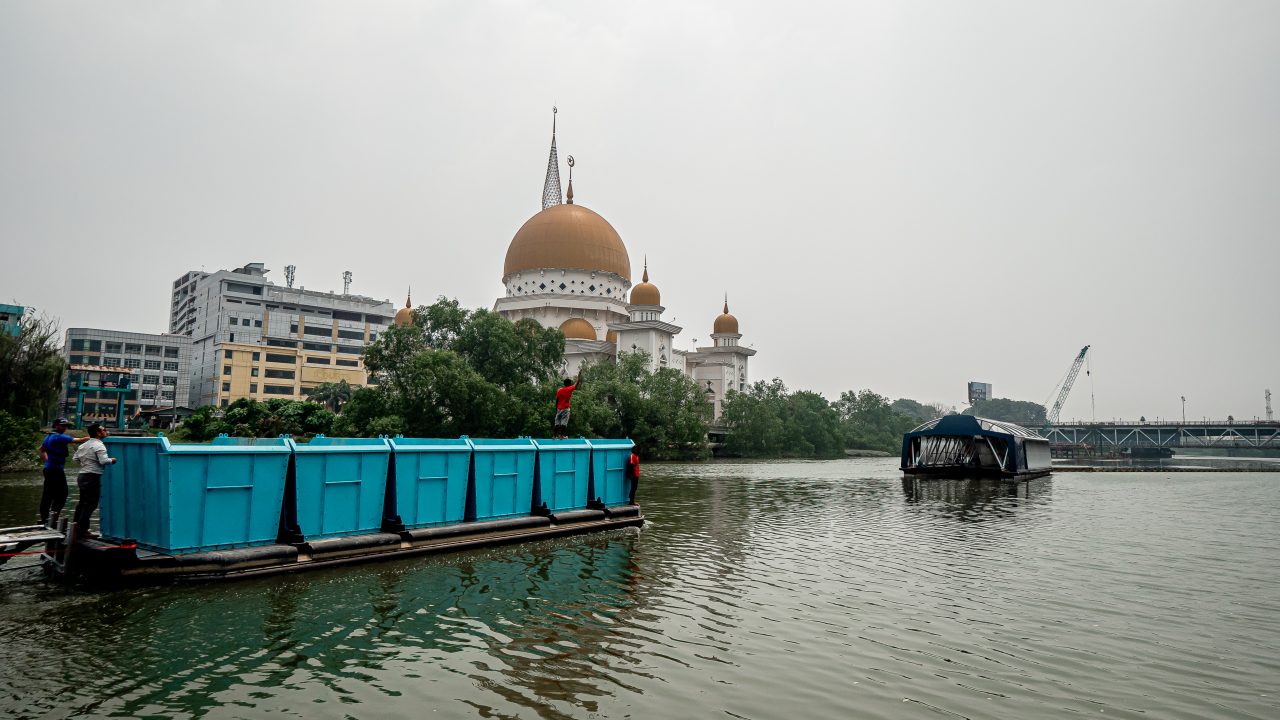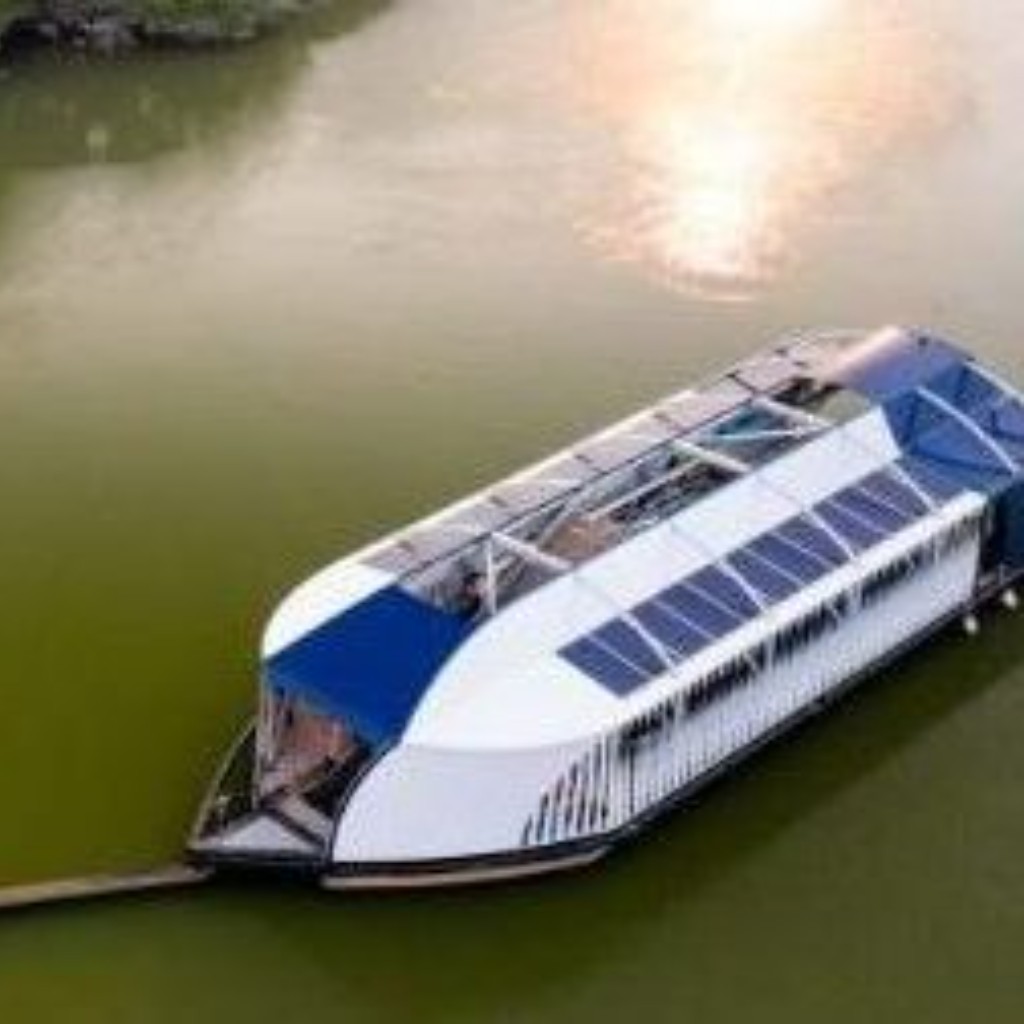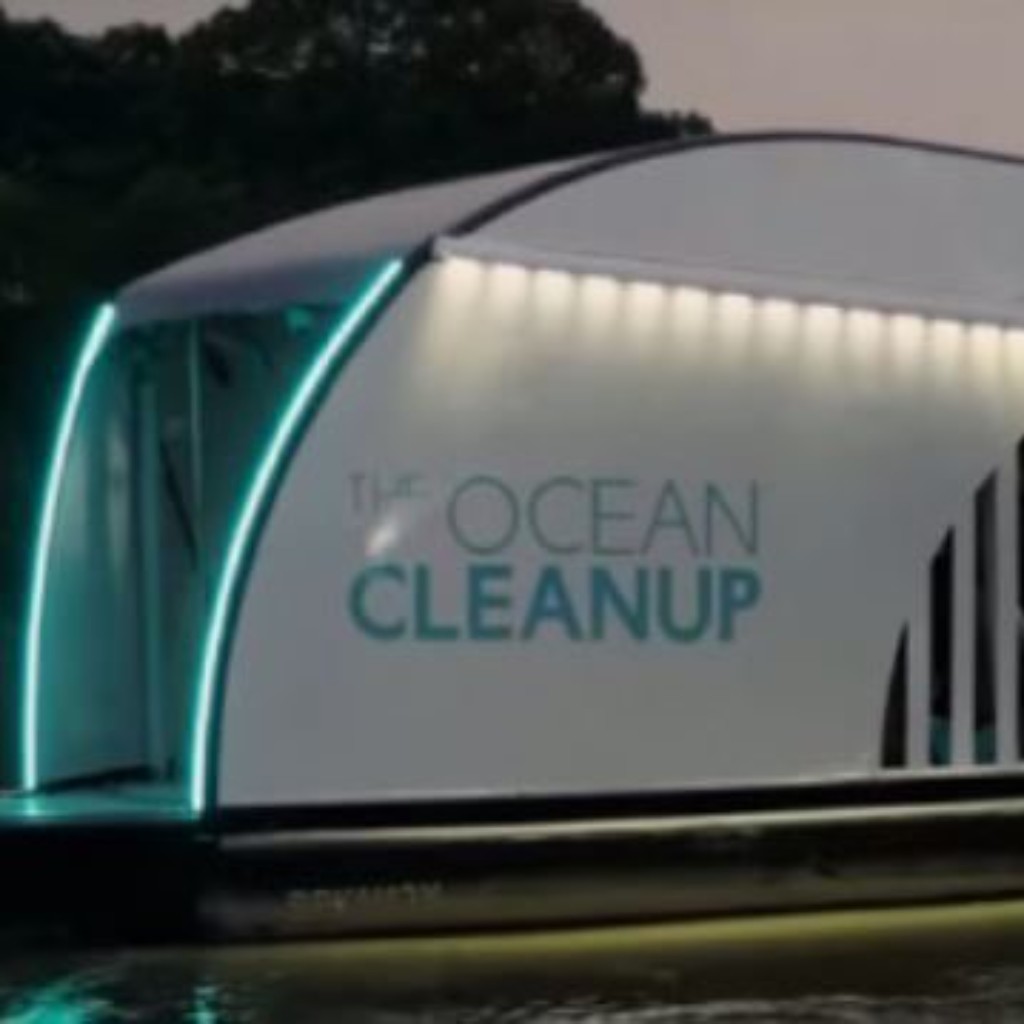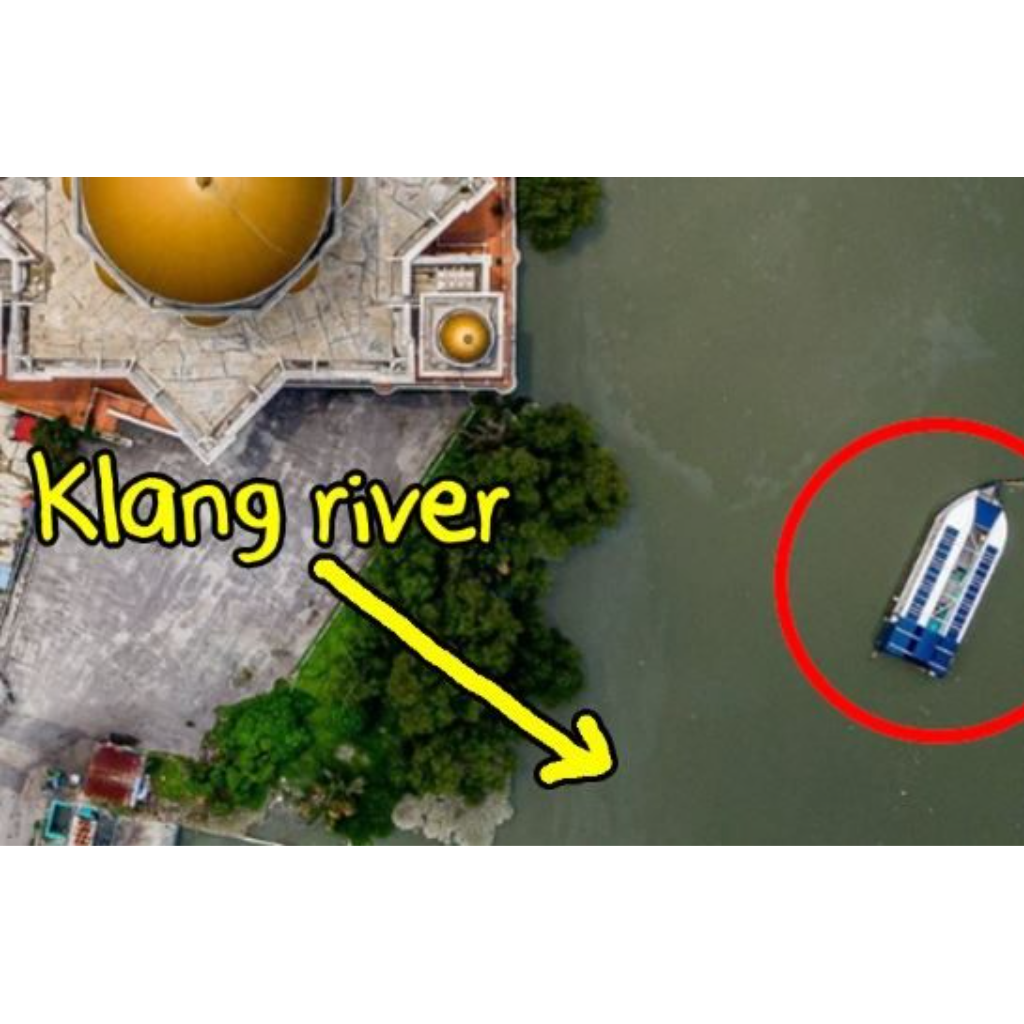Scalable
The Interceptor™ has been designed for mass production and can be applied virtually anywhere in the world.
Energy Neutral
The debris enters the Interceptor™ with the natural current of the river. All electronics on the Interceptor™, including the conveyor belt, shuttle, lights, sensors, data transmission, are solar-powered.
Connected
The Interceptor™ is internet-connected, allowing us to gather continuous performance and collection data. It also enables the Interceptor™ to automatically notify local operators once the dumpsters are full.
The Ocean Cleanup
The Ocean Cleanup’s main mission is to rid the oceans of plastic waste. Following the mission, two endeavours need to be done which to clean up what was already in the ocean as well as prevent more plastic from reaching the ocean.
The Interceptor™
The Ocean Cleanup – the Dutch non-profit organisation developing advanced technologies to rid the world’s oceans and rivers of plastic – is LLSB’s 1st international collaboration in its river waste management system. The Ocean Cleanup’s INTERCEPTOR™ complements existing river cleaning efforts on Sg Klang and Selangor is the 2nd location in the world to deploy the vessel.
Interceptor™ In Klang River
The Interceptor™ is now working on the Klang River as part of the Selangor Maritime Gateway (SMG) initiative. It is internet-connected, assisting our team to gather data collection, also enables the Interceptor™ to automatically notify our team once the dumpsters are full. The Interceptor™ is capable of collecting approximately 50 MT of garbage per day, as one of the signs that Klang River pollution has slowly diminished and becoming better.
How It Works
Barrier
- River waste flowing with the current is guided by the barrier towards the opening of the Interceptor™.
- The water flow path is optimized to pass through the system, carrying the plastic onto the conveyor belt.
Conveyor Belt
- The current moves the debris onto a conveyor belt.
- Then, continuously extracts the debris from the water and delivers the waste to the shuttle.
Shuttle
- A shuttle automatically distributes the debris across six dumpsters.
- Using sensor data, the containers are filled equally until they reach full capacity.
Dumpsters
- The Interceptor™ can store up to 50m³ of trash before needing to be emptied.
- This means it’s capable of operating even in the most polluted rivers all over the world.
Empty and Recycle
- When the interceptor™ is almost full, it sends a text message to the local operators to come and collect the waste.
- Operators then remove the barge, bring it to the side of the river, empty the dumpsters, send off the debris to local waste management facilities, and return the barge back into the Interceptor™.





